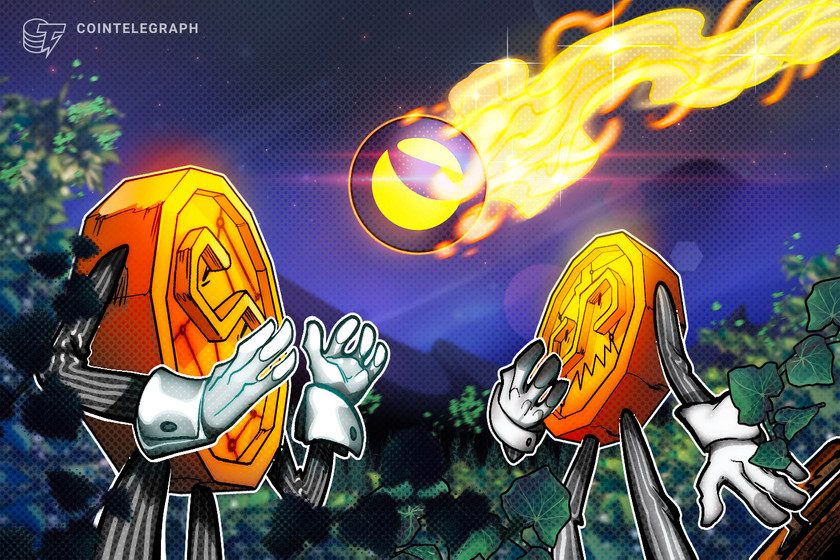
What can other algorithmic stablecoins learn from Terra’s crash?
The main problem that led to the fall of Terra was that the reserves appeared to be overcollateralized, but in reality, they weren’t. The spectacular implosion of the Terra ecosystem in mid-May left the crypto industry scarred. Though there were some brave critics who understood just how thin the razor’s edge was for TerraUSD (UST) — now TerraUSD Classic (USTC) — I think it’s safe to say that most people didn’t expect Terra to fail so fast, so dramatically and so completely irrevocably.I’m writing this as the Terra community is voting on a plan to restart some kind of Terra 2.0 — a plan to....
Related News
Are algorithmic stablecoins trying to clone the intrinsic qualities of fiat money or dollar; like security? The recent craze over algorithmic stablecoins has stirred mixed reactions from the crypto community. For crying out loud, it has been an emotional contagion for crypto enthusiasts everywhere. So, is it overkill? Are algorithmic stablecoins too ambitious? Suggested Reading […]
A recent ECB report says stablecoins are not practical as a mode of payment and their current form isn't fit for use in the real economy. The European Central Bank (ECB) has released a report analyzing the growth of the cryptocurrency market over the past decade and the risks it poses to the existing financial system.A section of the report dedicated to stablecoins discussed the central role that it plays in the current ecosystem. Stablecoins are increasingly used to interlink various blockchain networks and play a critical role in offering liquidity to the decentralized finance (DeFi)....
Cointelegraph breaks down stablecoins and how they give users a way to safely store their assets without worrying about depreciation. Cointelegraph’s director of video production Jackson DuMont dissected stablecoins in the latest episode of Cryptopedia. DuMont also explored and explained algorithmic stablecoins and the recent incident involving the TerraUSD (UST) and why it was unable to maintain its dollar peg. DuMont defined stablecoins as “a crypto whose value is tied to an outside asset such as the United States Dollar (USD).” According to DuMont, stablecoins are very vital to the....
The collapse of algorithmic stablecoin UST created a ripple effect not just in the crypto market but among world regulators as well. The collapse of the Terra ecosystem, which subsequently depegged its algorithmic stablecoin TerraUSD (UST) value and crashed it to an all-time low of $0.30, has cast doubt over the future of not just algorithmic stablecoins but all stablecoins in general.UST’s success and stability were intertwined with its sibling, LUNA, which creates arbitrage opportunities that, in theory, should keep UST’s price steady. If UST’s price drops below $1, it can be burned in....
Did May’s algorithmic stablecoin crashes kill the concept, or is there still a role for fiat-pegged cryptocurrencies? Stablecoins were supposed to be the boring uncle of the crypto world — safe, sensible and dull. They’re probably not what Satoshi Nakamoto had in mind, but they’re supposed to be a reassuring haven of calm and utility away from the turbulence of pure-play cryptocurrencies.With values pegged to fiat currencies, stablecoins were intended to be useful rather than to offer get-rich-quick schemes. They play an important role in the cryptocurrency ecosystem by providing a safer....





